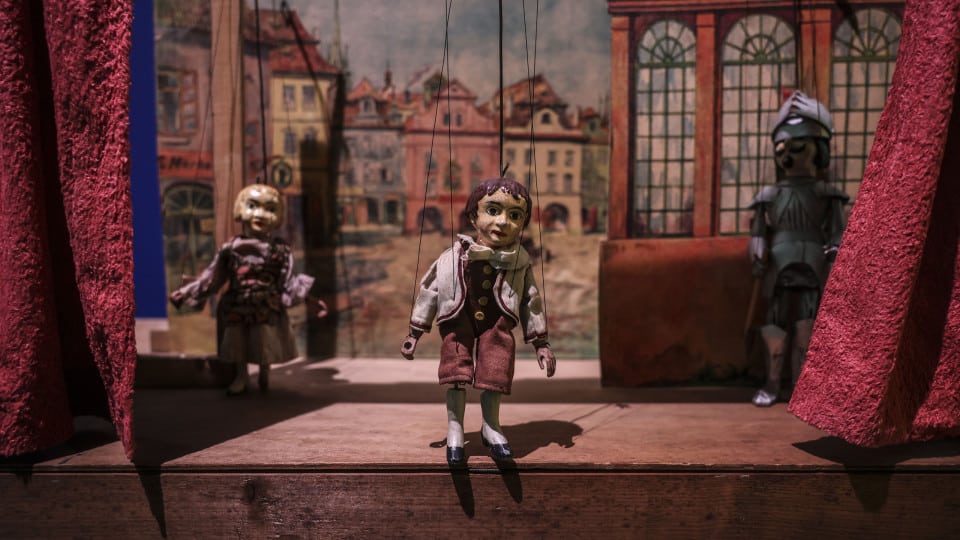An exhibition bringing together 80 marionettes built in the 1970s and 1980s, a period of change that took this art from the Portuguese streets to theaters, opens on June 28 at the Museu da Marioneta in Lisbon.
“The Puppet Revolution” is the title of the temporary exhibition centered on a period when the wind of change was also felt in the art of puppetry in Portugal, as the museum dedicated to the universe of puppets, masks and pieces used in stage performances points out.
The museum will be exhibiting puppets by artists and companies representative of this metamorphosis that took place in the 1970s and 1980s, when the puppet moved from the street to the living room, acquired new techniques and plastic components, opened up to dramaturgy and gave voice to classic texts, recalls the presentation of the exhibition.
According to the museum, this will bring together puppets from the most representative companies in this process, namely Teatro de Branca Flor, Grupo de Teatro Perna de Pau, Companhia de Marionetas de São Lourenço and Associação Cultural Marionetas de Lisboa.
From the hands of these companies and artists such as Lília da Fonseca, Carlos Chagas Ramos, José Carlos Barros, Helena Vaz, Ildeberto Gama and Manuel Dias, puppets of the most varied techniques, materials, plastic expressions and dramaturgies were born.
“Don Quixote and Sancho Panza”, “Auto da Barca do Inferno”, “A Farsa Musical Maria Parda”, “Romance da Raposa”, “História do Soldado” are among the texts staged with puppets, in a new form of theater that paved the way for contemporary puppetry, evokes the museum that originated from one of those companies of change – Companhia de São Lourenço – in 1987, and which entered a new phase when it opened its doors in the Madragoa neighborhood in 2001, following an agreement with the Lisbon City Council’s Empresa de Gestão de Equipamentos e Animação Cultural (EGEAC).
It was also in those years of 1970-1980 that the Centro Dramático de Évora (Cendrev) brought the century-old Santo Aleixo puppets back to life, not only nationally but also internationally.
“In fact, it’s something as simple as it is complex: puppet, puppeteer, puppet, alter ego of the human being, timeless character and embodiment of all imaginations. Able to embody all the states of the human soul, to use all languages to communicate, and therefore capable of all revolutions,” says Ana Paula Rebelo Correia, director of the Museu da Marioneta, in the text that opens the exhibition catalog.
The head of the museum, which has been open for 23 years, also stresses that the 50th anniversary of the April 25 Revolution “was also a wind of change in the world of puppets”, and that the pieces on display “come in the context of a new vision of the puppet’s power to communicate as a mediator in the construction of a cultural democracy”.
The Puppet Museum is housed in a building that has undergone several metamorphoses since it was built in the 17th century as a cloistered monastery, which became known as the Bernardas Convent.
Since then, it has undergone the great earthquake of 1755 and various reconstructions and functions, especially after the extinction of the religious orders in 1834, having housed a school, a cinema and workers’ housing.
In 1998-2000, it underwent extensive reconstruction and refurbishment work and was used for affordable housing and services.
The Puppet Museum is located in the area around the old cloister and its cistern, and uses the former convent premises not only for permanent exhibitions, but also for temporary exhibitions and events involving music, theater, cinema and other arts, in dialogue with the world of puppets.
The exhibition “The Puppet Revolution” will be open at the museum until October 20.









